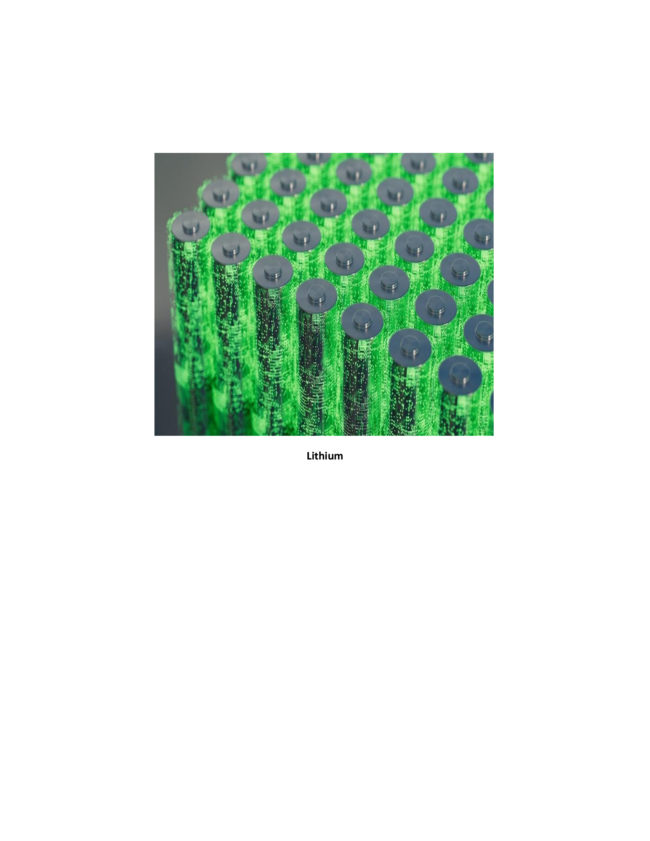Going beyond the understanding of the nucleus composition of an atom in terms of neutrons and protons, the theory of tiny (sub atomic) particles making the protons and neutrons is still looks not to be completed and search & findings in this field are always giving new excitement and insight to scientific community towards understanding the elementary particles. Protons and neutrons are no longer considered as elementary particles but composite particle made up of quarks. (there are six different kinds of quarks: up, down, charm, strange, top and bottom). Nearly all composite particles contain multiple quarks (antiquarks) bound together by gluons (with a few exceptions with no quarks, such as positronium and muonium). Those containing few (≤5) (anti) quarks are called hadrons. Due to a property known as color confinement, quarks are never found singly but always occur in hadrons containing multiple quarks. The hadrons are divided by number of quarks (including antiquarks) into the baryons containing an odd number of quarks (almost always 3), of which the proton and neutron (the two nucleons) are by far the best known; and the mesons containing an even number of quarks (almost always 2, one quark and one antiquark), of which the pions and kaons are the best known. Except for the proton and neutron, all other hadrons are unstable and decay into other particles in microseconds or less. A proton is made of two up quarks and one down quark, while the neutron is made of two down quarks and one up quark. These commonly bind together into an atomic nucleus but most hadrons do not live long enough to bind into nucleus-like composites.
The Large Hadron Collider (LHC) lies in a tunnel 27 kilometres in circumference and as deep as 175 metres beneath the France–Switzerland border near Geneva is set up on 10 September 2008 by the European Organization for Nuclear Research (CERN) with international collaboration is the world’s largest and most powerful particle accelerator. It consists of a 27-kilometre ring of superconducting magnets with a number of accelerating structures to boost the energy of the particles along the way. The hadron collider’s goal is to explore the structure of matter at the shortest distances and highest energies testing current best theory of atomic nature: The Standard Model of Particle Physics which is still far from being fully understood. Research at LHC has always come up with many surprises in terms of the existence of sub-atomic particles. Recently, LHC has discovered four brand new sub-atomic particles. Excitingly, while some of these new particles were expected based on established theories, some were altogether more surprising. This means that the hadron collider has now found a total of 59 new particles, in addition to the Nobel prize-winning Higgs boson, since it started colliding protons – particles that make up the atomic nucleus along with neutrons – in 2009.
The theory of the strong interaction, called “quantum chromodynamics”, strongly describes how quarks interact through the strong force by exchanging particles called gluons which can thought as analogues of the more familiar photon, the particle of light and carrier of the electromagnetic force. However, the way gluons interact with quarks makes the strong force behave very differently from electromagnetism. While the electromagnetic force gets weaker on pulling two charged particles apart whereas, the strong force actually gets stronger on pulling two quarks apart. As a result, quarks are forever locked up inside particles called hadrons – particles made of two or more quarks – which includes protons and neutrons. All the particles in the standard model have antiparticles that are nearly identical to themselves but with the opposite charge (or other quantum property) and on pulling a quark out of a proton, the force will eventually be strong enough to create a quark-antiquark pair, with the newly created quark going into the proton. The process ends up with a proton and a brand new “meson”, a particle made of a quark and an antiquark. This has been shown repeatedly by experiments as there have never been a lone quark. An unpleasant feature of the theory of the strong force is that calculations of what would be a simple process in electromagnetism can end up being impossibly complicated as theoretically, it yet to be proved that quarks can’t exist on their own. Further, it is still to be validate the calculations that which combinations of quarks would be viable in nature and which would not.
When quarks were first discovered, scientists realised that several combinations should be possible in theory. This included pairs of quarks and antiquarks (mesons), three quarks (baryons), three antiquarks (antibaryons), two quarks and two antiquarks (tetraquarks) and four quarks and one antiquark (pentaquarks) – as long as the number of quarks minus antiquarks in each combination was a multiple of three. For a long time, only baryons and mesons were seen in experiments. But in 2003, the Belle experiment in Japan discovered a particle turned out to be the first of a long series of tetraquarks. In 2015, the LHC experiment at the hadron collider discovered two pentaquarks. The four new particles discovered recently are all tetraquarks with a charm quark pair and two other quarks. All these objects are particles in the same way as the proton and the neutron are particles. But they are not fundamental particles: quarks and electrons are the true building blocks of matter. With the recent discovery of four new brand terraquarks, the hadron collider is searching for new fundamental particles that could explain the discrepancies in the Standard Model of Particle Physics. These particles could be visible at the hadron collider but hidden in the background of particle interactions or could show up as small quantum mechanical effects in known processes. In either case, a better understanding of the strong force is needed to find them and the discovery of each new hadron will improve our knowledge of nature’s laws, leading us to a better description of the most fundamental properties of matter.



